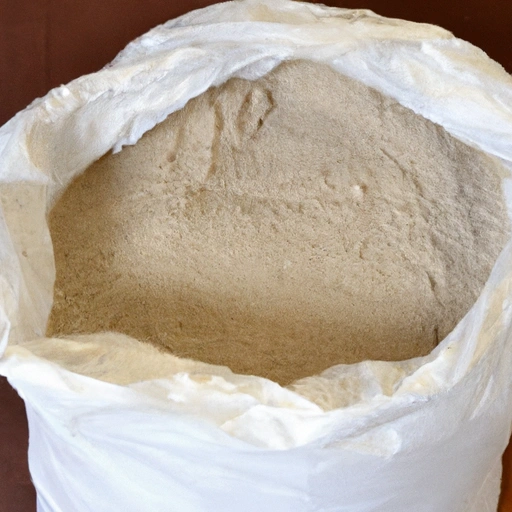Buckwheat Flour
Description

Buckwheat flour is a highly nutritious, gluten-free alternative to traditional wheat flours. Derived from the buckwheat plant, which despite its name is not related to wheat and is actually a member of the rhubarb family, this flour is favored for its rich, nutty flavor and versatility in both sweet and savory dishes. Buckwheat flour is used in a variety of culinary traditions around the world and is a staple in gluten-free baking.
Common uses
Commonly utilized in pancakes, noodles, and various gluten-free baked goods, buckwheat flour is a beloved ingredient for its unique taste and textural properties. It is also used as a thickener in soups and stews, and can be found in multigrain breads and cereals.
Nutritional value
Calories
Per 100 grams, buckwheat flour contains approximately 335 calories (1,402 kJ).
Protein
Buckwheat flour provides around 13 grams of protein per 100 grams, making it a good plant-based protein source.
Fat
This flour is low in fat, with only 3 grams per 100 grams.
Carbohydrates
Buckwheat flour contains about 72 grams of carbohydrates per 100 grams, which includes a substantial amount of dietary fiber.
Vitamins
It is rich in B-vitamins, particularly B6, and is a good source of folate.
Minerals
Buckwheat flour is high in important minerals such as magnesium, phosphorus, zinc, iron, and manganese.
Health benefits
Buckwheat flour offers various health benefits including improved heart health due to its high fiber and magnesium content. It also supports good digestion and may help manage blood sugar levels. Being gluten-free, it is safe for those with celiac disease or non-celiac gluten sensitivity.
Potential risks
While buckwheat flour is gluten-free, it can be processed in facilities that also handle wheat, posing a cross-contamination risk for people with severe gluten allergies. Additionally, buckwheat allergies, though rare, do occur in some individuals.
Common recipes
From Russian blinis to Japanese soba noodles, buckwheat flour is integral to various traditional recipes. It's also commonly used in buckwheat pancakes, known as galettes in Brittany, France, and pizzoccheri in Italy.
Cooking methods
Buckwheat flour can be used in baking, frying, and as a thickener for sauces and soups. It's often mixed with other flours to improve texture in gluten-free recipes.
Pairing with other ingredients
This flour pairs well with bold flavors like herbs and spices in savory dishes, as well as with fruits and syrups in sweet recipes.
Summary
Buckwheat flour is a nutritious and versatile ingredient suitable for a wide range of dietary preferences. With its distinctive flavor and health benefits, it can enhance many dishes, offering a world of culinary possibilities for those looking to expand their cooking repertoire.